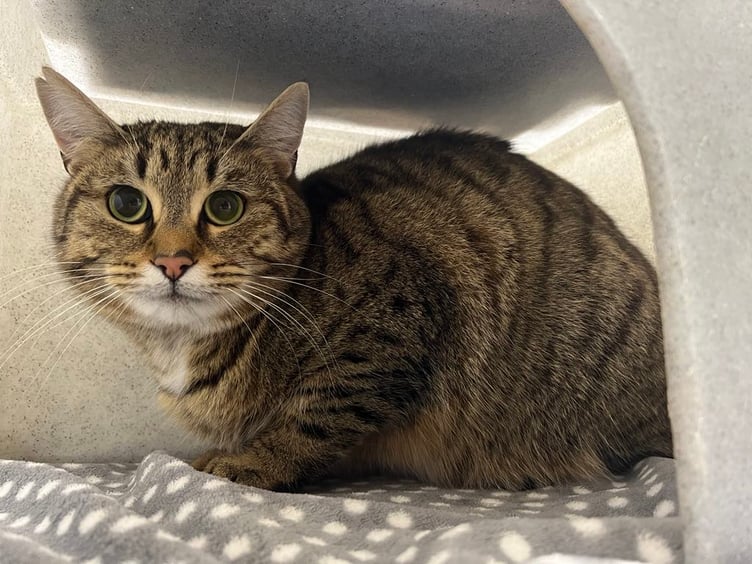In this week’s column from the Manx SPCA, Juana Warburton explains a cat’s ‘right to roam’ and reveals how to tell that a visiting cat has an owner...
All pet cats in England must be microchipped by June 10, 2024 (i.e. next week!).
The new rules mean that cats must be chipped before they reach the age of 20 weeks, and an owner’s contact details must be held on a DEFRA approved microchipping database.
Indoor-only cats are included in the regulations, with the only cats exempted being those classed as feral. If an owner misses the June deadline, they have up to 21 days to have their cat chipped, or they may face a fine of £500.
In law, cats have a ‘right to roam’, and an owner is not legally responsible for where their cat wanders.
And wander they do - it’s in a cat’s nature to explore their surroundings and mark their territory, particularly if they are not neutered or spayed.
Hundreds of cats go missing on the Isle of Man every year, and if they were all chipped it would make reuniting them with their respective owners much simpler; but there are currently no plans to make microchipping compulsory on the island.
However, it easy and cheap to do (about £20): your veterinary practice can insert a chip, or alternatively you can bring your cat to our cattery and one of the team will undertake this quick, painless procedure.
Please call ahead, though, on 851672 and use ‘option two’ to be taken through to the cattery telephone; and please leave a message on the answer machine if there’s no-one to take your call immediately.
A sure-fire way of encouraging a cat, whether it is lost or not, to stay in your garden or to come into your house is to feed it, and so this should be avoided even if the cat seems hungry or is a bit thin.
We receive lots of calls from people who don’t intentionally feed a strange cat but can’t avoid doing so because the cat comes through their cat flap and eats the food put down for the household cat.
Most pet shops sell magnetic cat flaps, which only open for a cat who is wearing a collar with a small magnetic device attached to it, and so they keep out unwanted visitors.
If your cat doesn’t wear a collar, you could try a microchip-activated cat flap which is programmed to open only when your cat’s microchip is near it.
These flaps cost about £50 but they are well worth it.
If you genuinely believe a visiting cat to be stray and in distress, place it in a cat box and take it to your local veterinary practice, or bring it to us at Ard Jerkyll, for ‘chip-checking’.
Provided the microchip company has up-to-date owner’s details it should be fairly simple to reunite the cat with its family, and put your mind at rest.
And don’t forget that the ManxSPCA’s Lost and Found Pets Facebook page is an interactive site that tells you about animals who have gone missing and ones that have been found.
There are a few other things that help to ascertain whether a visiting cat has an owner.
If the cat has the tip of one ear missing (a quarter of an inch, cut in a straight line, on the left ear), this means he or she has been neutered or spayed as a feral in the past and is still likely to be feral, and therefore won’t have an owner.
Although it may seem cruel, ear-tipping is an internationally recognised method of being able to check visually whether a feral cat has been neutered or spayed, without the need to trap it for closer inspection.
This means that cats are not captured for a second time unnecessarily.
It’s very difficult to tell if a female has been spayed and so ear-tipping prevents her being operated upon twice.
The ear-tipping must be done by a vet, under general anaesthetic, and so discomfort for the cat is minimised.
Pretty Pixie is missing the end of one ear, but that’s probably because she was in a fight with another cat at some point in her life.
She is quite feisty and independent, but she’s definitely not feral and enjoys human interaction.
She’s eight years old, and came to us because her previous owners were moving house and couldn’t take her with them.
We think she’d prefer to be the only pet in her new home, and that she would enjoy a quiet environment rather than a busy family one.
If you would like to meet her please call the cattery on the number above, or e-mail them on [email protected].




.jpeg?width=209&height=140&crop=209:145,smart&quality=75)
Comments
This article has no comments yet. Be the first to leave a comment.